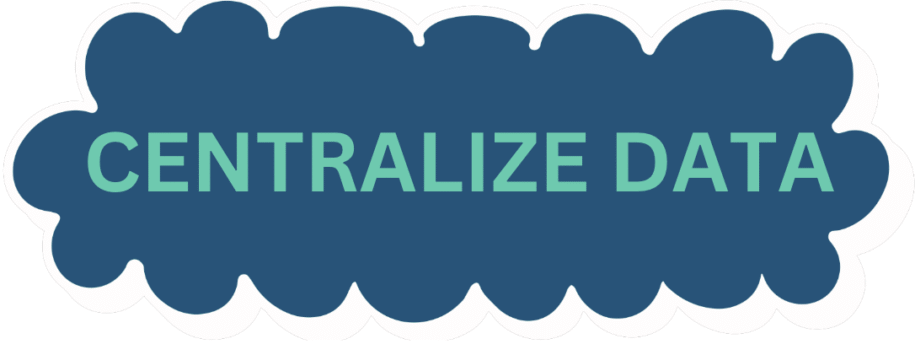This is the second blog of a four-part series discussing CIPO's four core pillars
As a construction owner, your responsibilities extend beyond breaking ground and cutting ribbons. You must balance timelines, budgets, quality, and stakeholder expectations—all while managing risks and ensuring a return on investment.
With so many teams, documents, and decisions in motion, information is the most critical factor to make or break your project. If data is scattered across spreadsheets, emails, and siloed systems, you’re flying blind.
This is why more construction owners are turning to centralized data platforms to bring clarity, control, and confidence to their projects. This shift is essential and can directly impact your bottom line.
Total Visibility Across the Entire Project Lifecycle
A centralized data system provides one source of truth—a clear, real-time view of everything from schedules and budgets to contractor performance and site activity.
Instead of chasing updates from multiple teams, you can monitor what’s happening at every stage across all work streams. This results in fewer surprises, faster course corrections, and a firmer grasp of progress and performance.
Proactive Risk Management
Delays, cost overruns, and change orders are not just project headaches but business risks. A centralized platform lets you identify red flags early and act before they escalate.
For example, real-time data on on-site productivity or budget burn rates can alert you to potential issues before they impact project delivery. It’s not just about reacting; it’s about staying ahead.
Tighter Cost Control and Accountability
As the owner, every dollar spent on a project matters. Centralized systems connect financial data with real-time project performance, allowing you to track spending against progress, identify inefficiencies, and make informed financial decisions.
You also gain greater transparency across contracts, change orders, and vendor performance, which makes it easier to hold teams accountable and ensures you get full value from your investment.
Simplified Communication with Stakeholders
Centralized data simplifies reporting, whether you’re working with internal executives, investors, or external partners. You no longer need to piece together updates from multiple sources or manually create spreadsheets.
With built-in dashboards and automated reporting, you can share accurate, up-to-date insights that build trust and credibility with stakeholders—without the added legwork.
Smarter Strategic Decisions for Future Projects
Construction is not just a one-time event; it’s part of a broader strategy. Centralized data enables you to analyze project outcomes, spot trends, and apply lessons learned to future developments.
This type of data-driven decision-making helps you optimize planning, select better partners, negotiate stronger contracts, and achieve more significant ROI across your portfolio.
But what about AI?
I’m glad you asked. At CIPO, we believe that establishing a centralized data foundation will significantly assist in implementing future AI technologies. Here are some key benefits:
- Improved Predictive Accuracy
AI models thrive on large, clean datasets. Centralizing data across project phases (design, procurement, scheduling, field reports, RFIs, etc.) improves AI’s ability to:
Predict delays or cost overruns
Identify safety risks
Recommend resource optimization
- Real-Time Decision Support
Centralized data enables AI to surface real-time recommendations:
Flagging deviations from the plan
Recommending change order strategies
Highlighting high-risk subcontractors or underperforming assets
- Scalable Insights Across Projects
With centralized data, AI can learn from multiple projects to:
Benchmark performance
Recommend best practices
Identify systemic inefficiencies across the organization
- Accelerated Continuous Improvement
Centralized data feeds performance dashboards and AI trend analysis, enabling:
Root-cause analysis
Smarter capital planning
Data-driven process improvements
Each of these topics could be explored in its own blog post. However, at CIPO, we emphasize building a strong data foundation before advancing to technologies such as Generative AI and AI Assistants. As the saying goes, “crawl, walk, then run.” This systematic approach ensures that future AI models have access to high-quality, standardized, and consistent data, which is essential for delivering accurate and reliable results.
Final Thoughts
Uncertainty can be costly in construction. Centralized data provides the clarity and control needed to lead confidently from groundbreaking to grand opening. It empowers you to ask better questions, demand better answers, and drive better outcomes.
Want to build smarter, faster, and with fewer surprises? Start by consolidating all your data under one roof.

